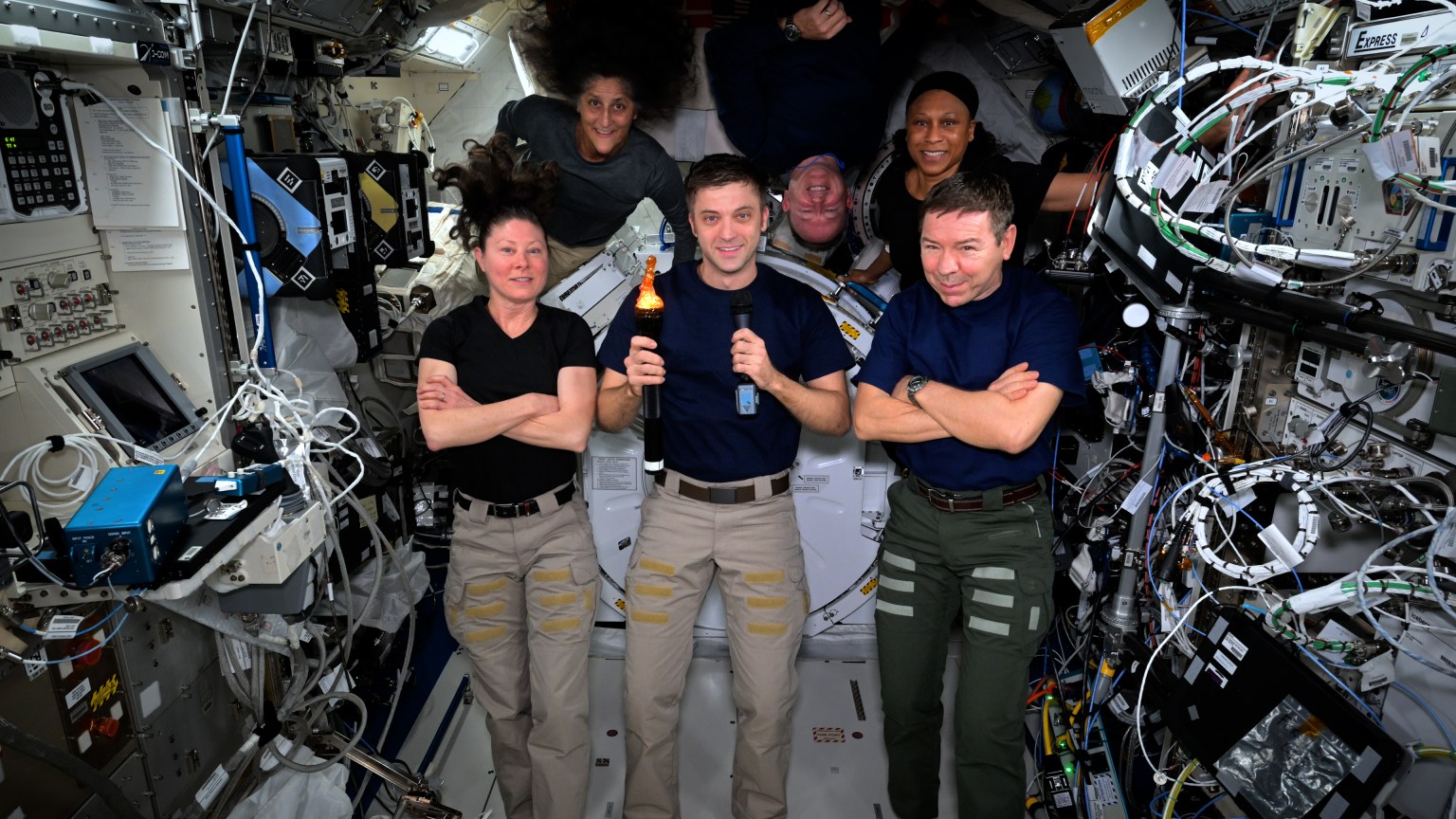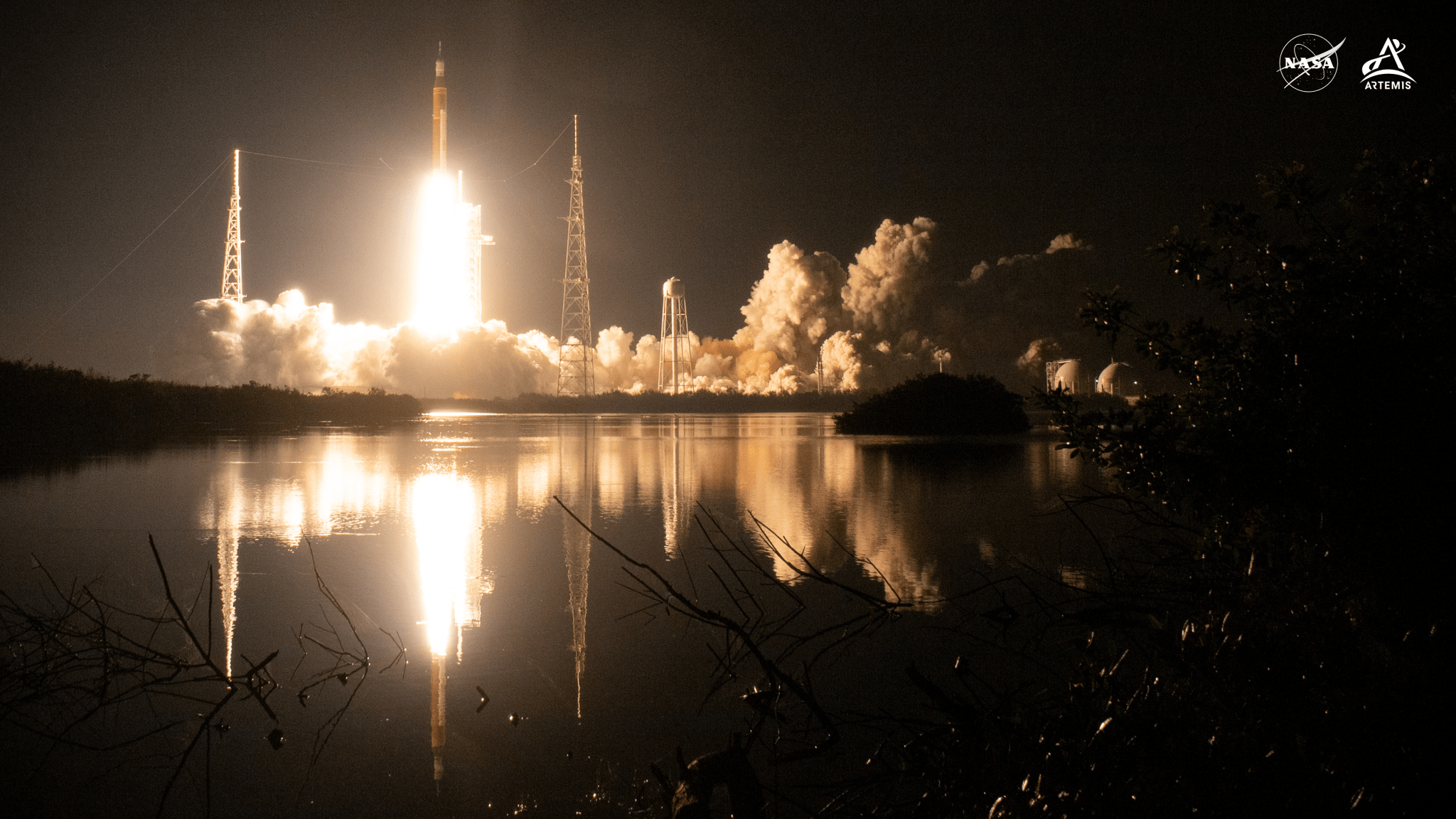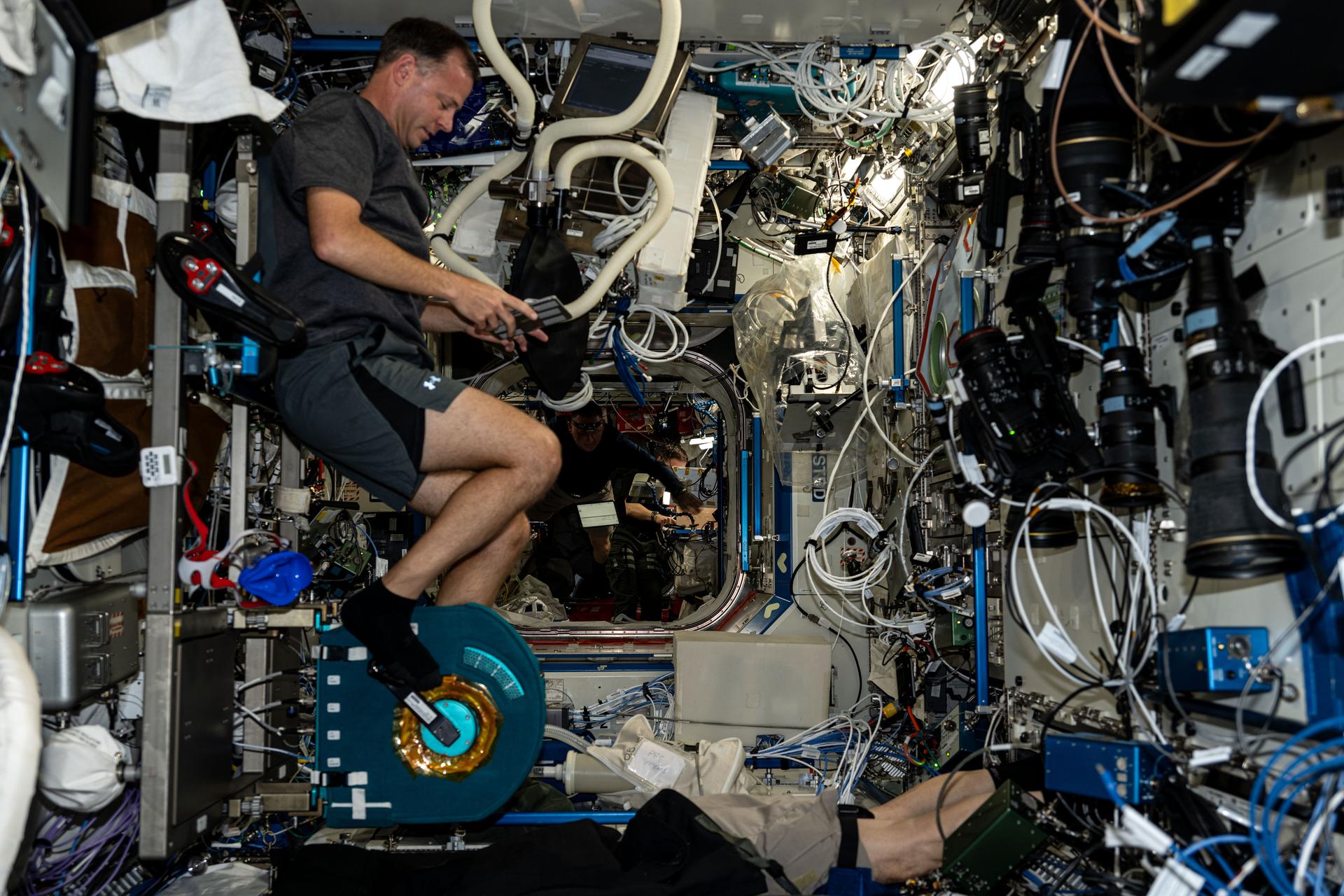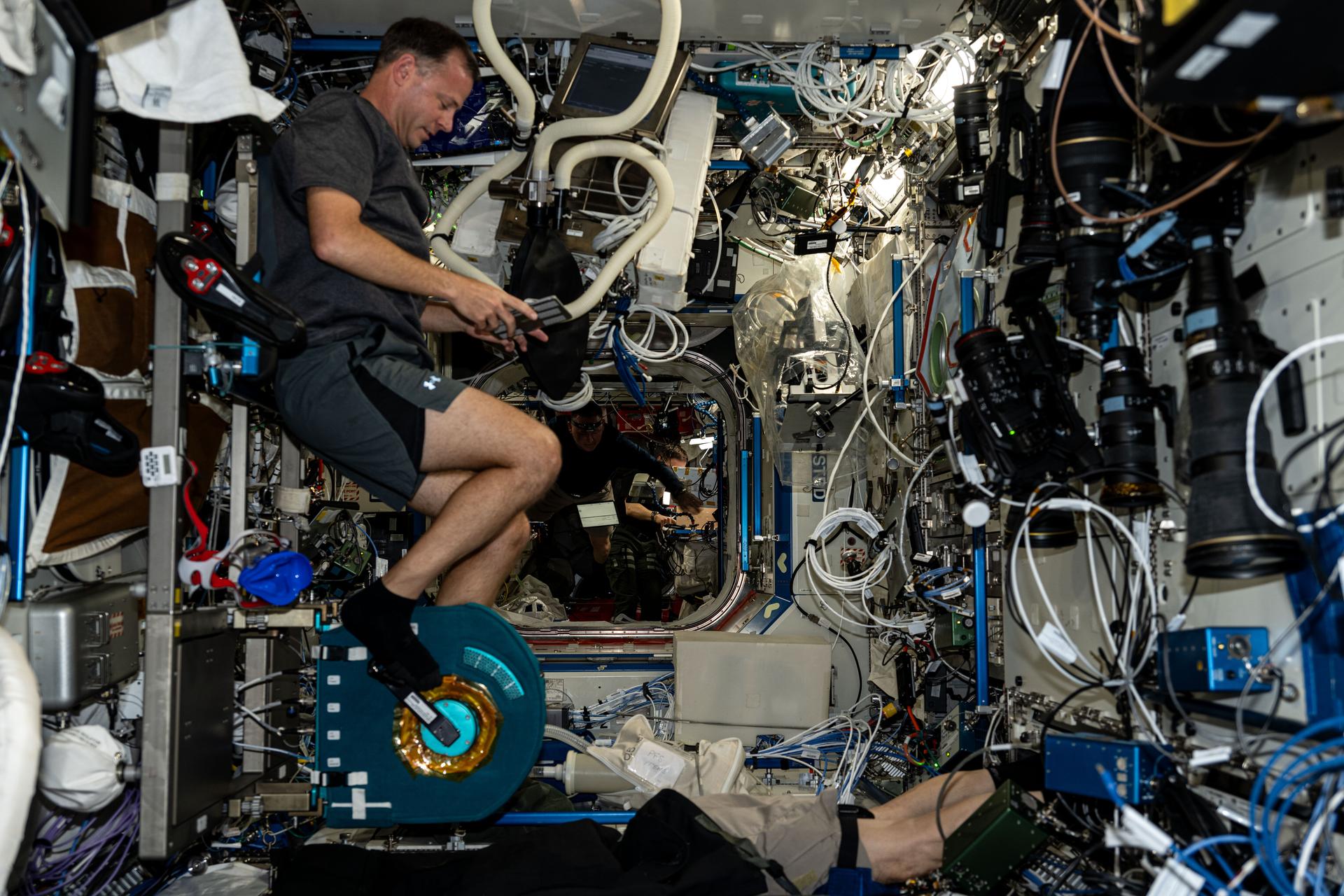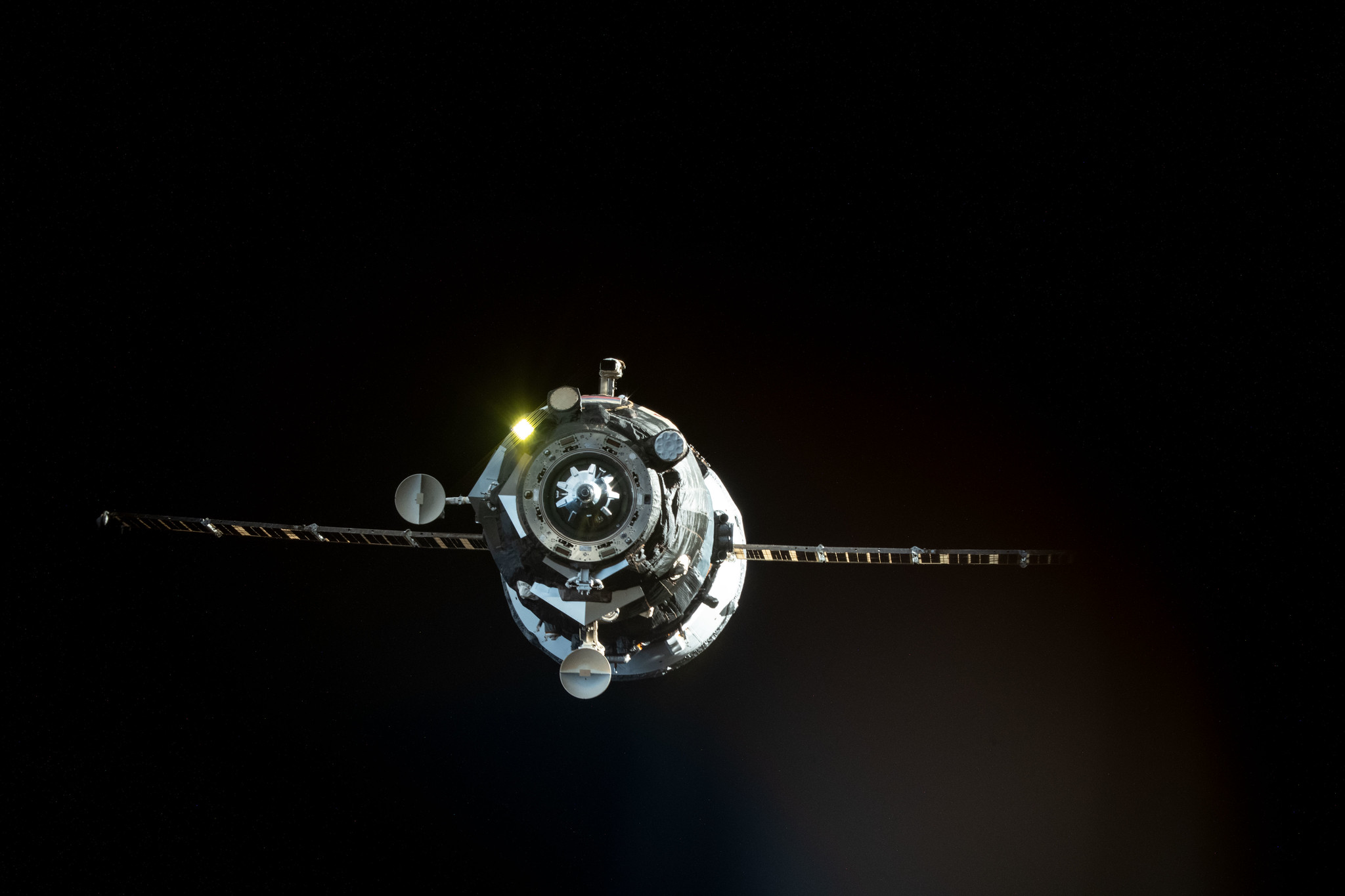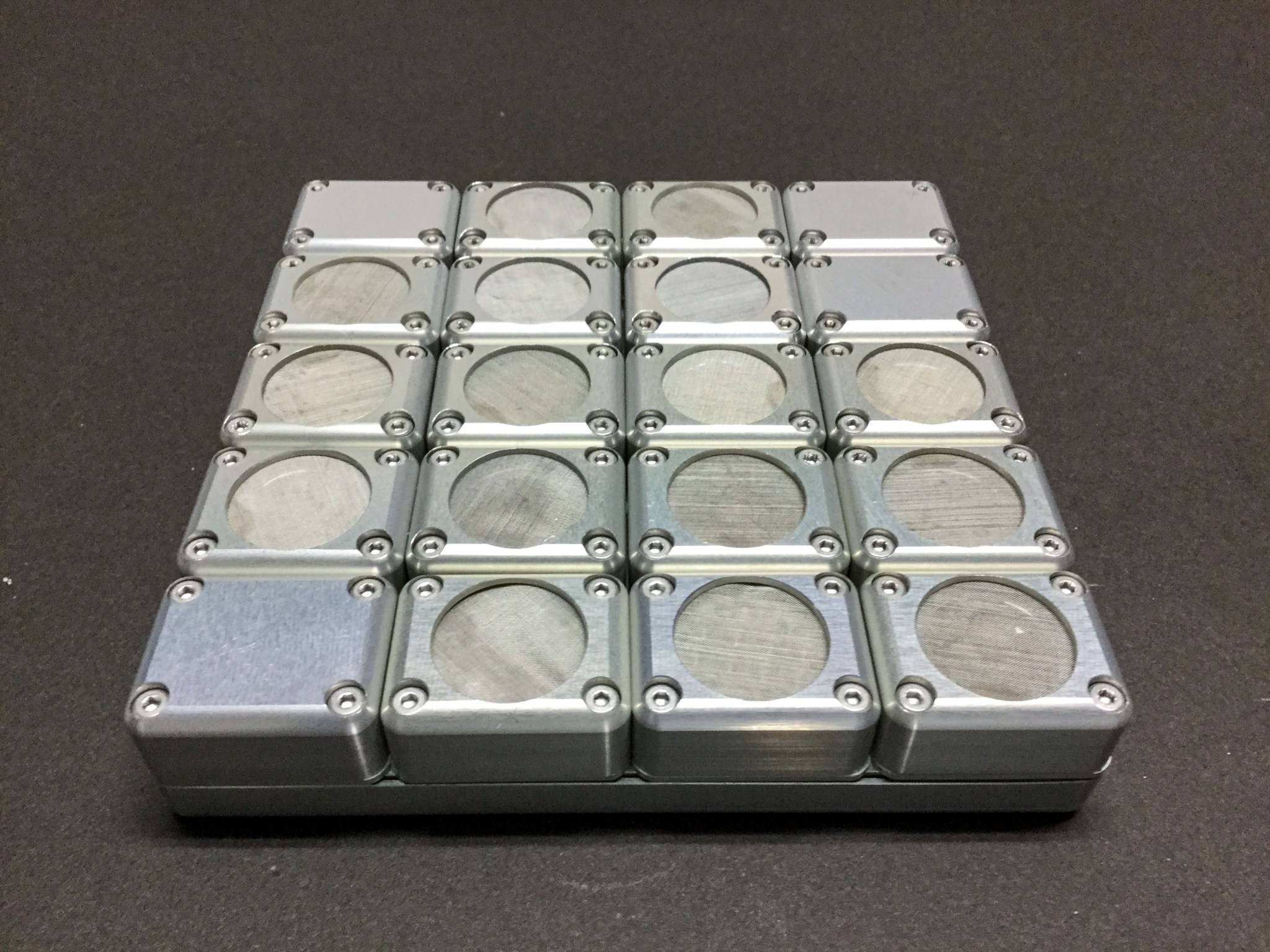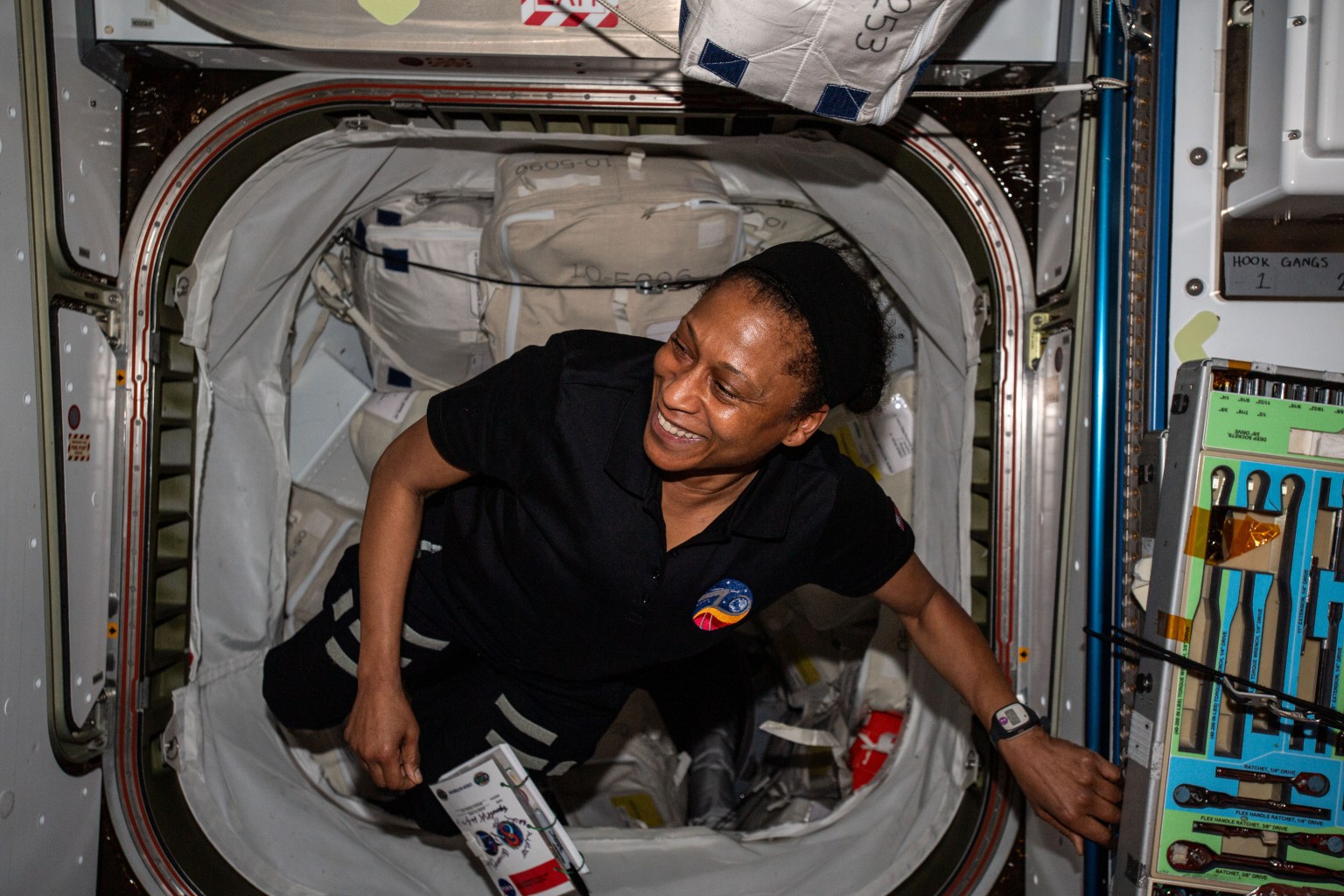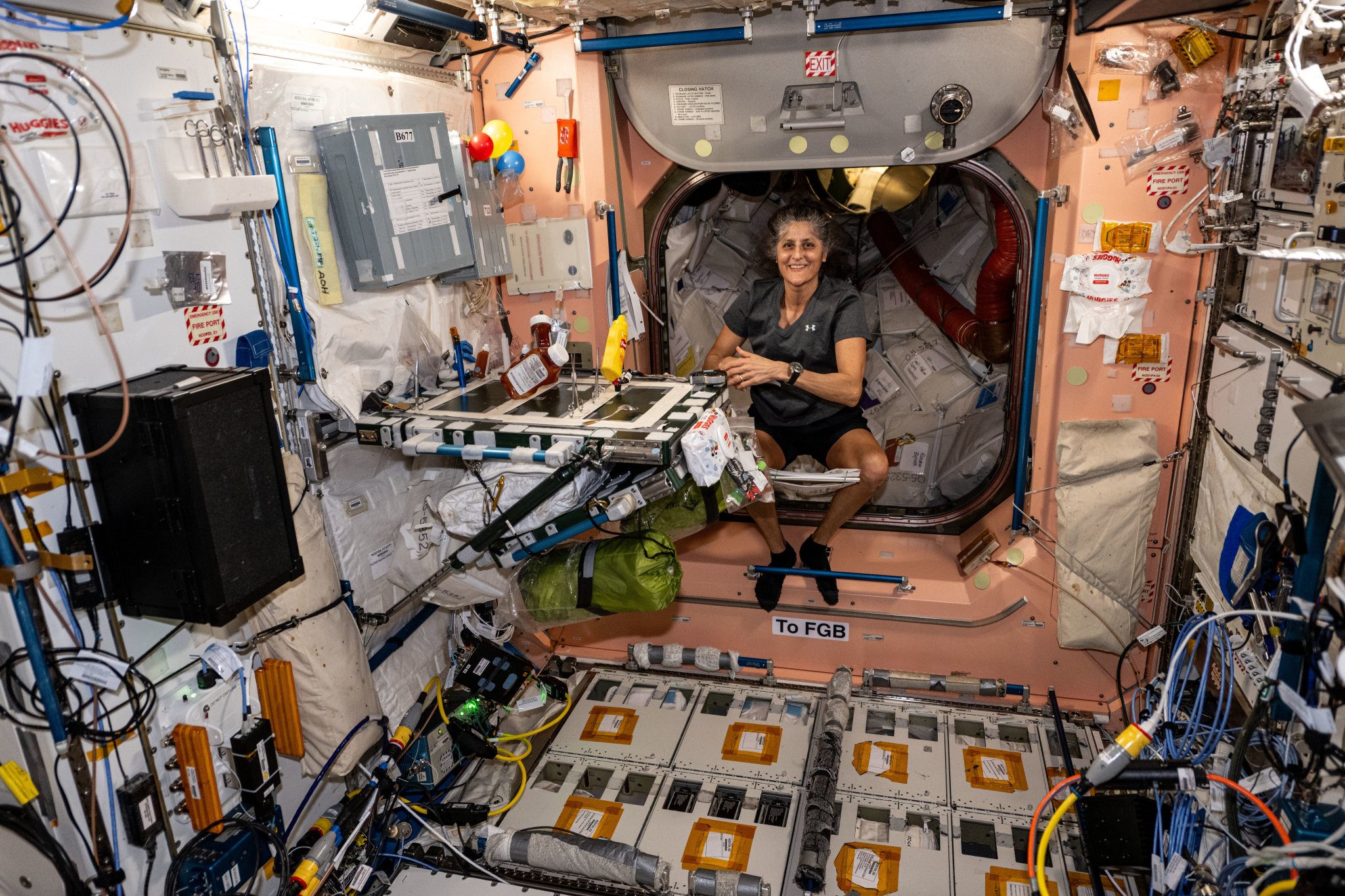3 Min Read Matt Dominick’s X Account: A Visual Journey from Space We are lucky to have had the opportunity to fly in space and feel a responsibility to share with humanity the incredible views of the Earth and the cosmos. Matt dominick NASA Astronaut NASA astronaut and Expedition 72 Flight Engineer Matthew Dominick launched to the International Space Station on March 3, 2024 as the commander of NASA’s SpaceX Crew-8 mission. As a flight engineer aboard the orbiting laboratory, Dominick conducted scientific research while capturing breathtaking views of Earth…
Read MoreTag: Humans in Space
NASA Astronauts Compete in ISS “Olympics”
2 Min Read NASA Astronauts Compete in ISS “Olympics” To view this video please enable JavaScript, and consider upgrading to a web browser that supports HTML5 video The International Space Station Olympics. NASA See the Content Online: Olympics Instagram | Olympics X | Olympics Website | NASA HQ YouTube | NASA Facebook | FLOTUS Instagram “Over the past few days on the International Space Station, we’ve had an absolute blast pretending to be Olympic athletes,” astronaut Matt Dominick started off in a crew message. “We, of course, have had the…
Read MoreExperience the Launch of NASA’s SpaceX Crew-10 Mission
jsc2024e064444 (Sept. 30, 2024) — The crew members of NASA’s SpaceX Crew-10 mission (from left) mission specialist Kirill Peskov of Roscosmos, NASA astronauts Nichole Ayers, pilot, and Anne McClain, commander, along with Mission Specialist Takuya Onishi of JAXA (Japan Aerospace Exploration Agency), pose for a picture during training at SpaceX in Hawthorne, California. SpaceX Digital content creators are invited to register to attend the launch of NASA’s SpaceX Crew-10 mission to carry astronauts to the International Space Station for a science expedition mission as part of NASA’s Commercial Crew Program.…
Read MoreNew Artemis Virtual Meeting Backgrounds Released Celebrating Artemis I, Looking to Artemis II and Beyond
8 min read Preparations for Next Moonwalk Simulations Underway (and Underwater) Virtual meetings feeling a little stale? NASA has just unveiled a suite of new Artemis backgrounds to elevate your digital workspace. From the majesty of the Artemis I launch lighting up the night sky to the iconic image of the Orion spacecraft with the Moon and Earth in view, these virtual backgrounds allow viewers to relive the awe-inspiring moments of Artemis I and glimpse the bright future that lies ahead as the Artemis campaign enables humans to live and…
Read MorePreguntas frecuentes: La verdadera historia del cuidado de la salud de los astronautas en el espacio
NASA Read this story in English here. La Estación Espacial Internacional es el hogar de la humanidad en el espacio y una estación de investigación que gira en órbita sobre la Tierra a unos 400 kilómetros (250 millas) de altura. La NASA y sus socios internacionales han mantenido una presencia humana continua a bordo de la estación espacial durante más de 24 años, haciendo investigaciones que no es posible realizar en la Tierra. La gente que vive y trabaja a bordo de este laboratorio en microgravedad también forma parte de…
Read MoreFAQ: The Real Story About Astronaut Health Care in Space
NASA astronaut and Expedition 72 Flight Engineer Nick Hague pedals on the Cycle Ergometer with Vibration Isolation and Stabilization (CEVIS), an exercise cycle located aboard the International Space Station’s Destiny laboratory module. CEVIS provides aerobic and cardiovascular conditioning through recumbent (leaning back position) or upright cycling activities. NASA Lee esta historia en español aquí. The International Space Station is humanity’s home in space and a research station orbiting about 250 miles above the Earth. NASA and its international partners have maintained a continuous human presence aboard the space station for…
Read MoreNASA to Provide Coverage of Progress 90 Launch, Space Station Docking
The unpiloted Roscosmos Progress spacecraft pictured on Feb. 7, 2023, from the International Space Station. Credit: NASA NASA will provide live launch and docking coverage of a Roscosmos cargo spacecraft delivering nearly three tons of food, fuel, and supplies to the Expedition 72 crew aboard the International Space Station. The unpiloted Progress 90 spacecraft is scheduled to launch at 7:22 a.m. EST (5:22 p.m. Baikonur time) Thursday, Nov. 21, on a Soyuz rocket from the Baikonur Cosmodrome in Kazakhstan. Live launch coverage will begin at 7 a.m. on NASA+ and…
Read MoreStation Science Top News: Nov. 15, 2024
Anthocyanins protect seeds in space After exposure to space outside the International Space Station, purple-pigmented rice seeds rich in anthocyanin had higher germination rates than non-pigmented white rice seeds. This result suggests that anthocyanin, a flavonoid known to protect plants from UV irradiation, could help preserve seed viability on future space missions. Plants are key components for systems being designed to produce nutrients and recycle carbon for future sustained space habitation, but space has been shown to reduce seed viability. Tanpopo-3, part of a series of investigations from JAXA (Japan…
Read MoreWearable Tech for Space Station Research
5 Min Read Wearable Tech for Space Station Research A wearable monitoring device is visible on the left wrist of NASA astronaut Jeanette Epps. Credits: NASA Science in Space Nov 2024 Many of us wear devices that count our steps, measure our heart rate, track sleep patterns, and more. This information can help us make healthy decisions – research shows the devices encourage people to move more, for example – and could flag possible problems, such as an irregular heartbeat. Wearable monitors also have become common tools for research on…
Read MoreColorado Students to Connect with NASA Astronauts Aboard Space Station
(Oct. 25, 2024) — NASA astronaut and Expedition 72 Commander Suni Williams is pictured at the galley inside the International Space Station’s Unity module at the beginning of her day. Credit: NASA Students from Colorado will have the opportunity to hear NASA astronauts Nick Hague and Suni Williams answer their prerecorded questions aboard the International Space Station on Thursday, Nov. 14. Watch the 20-minute space-to-Earth call at 1 p.m. EST on NASA+. Learn how to watch NASA content on various platforms, including social media. The JEKL Institute for Global Equity…
Read More
